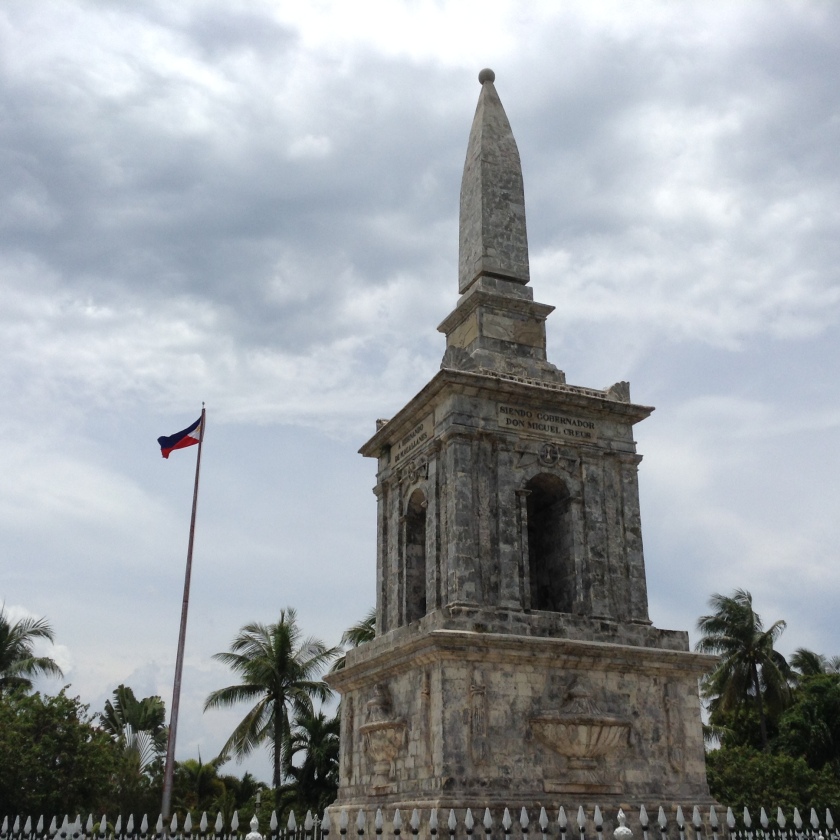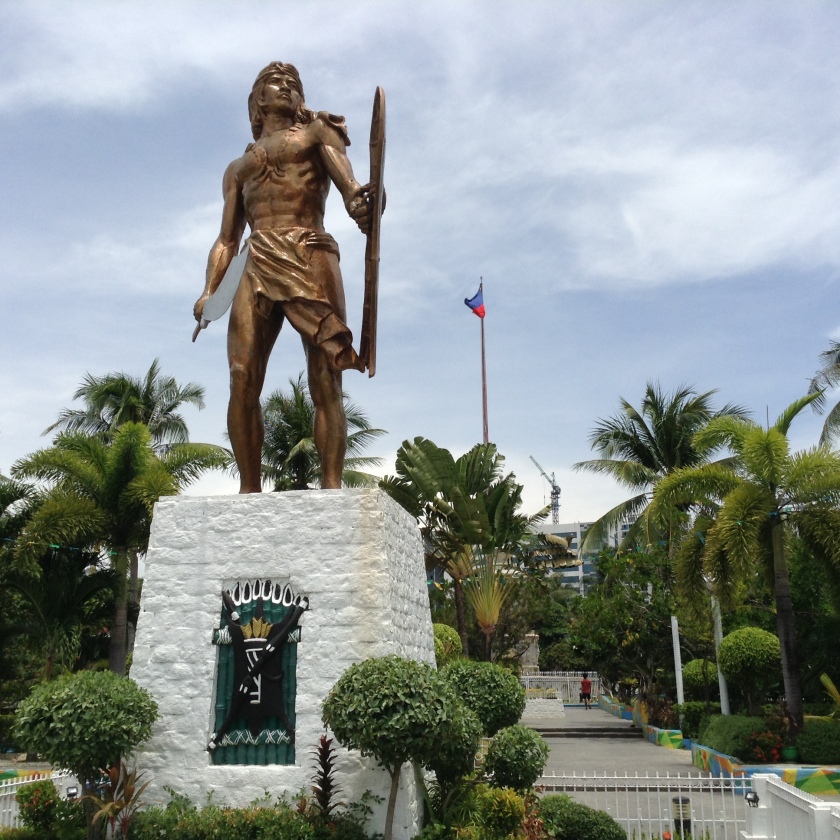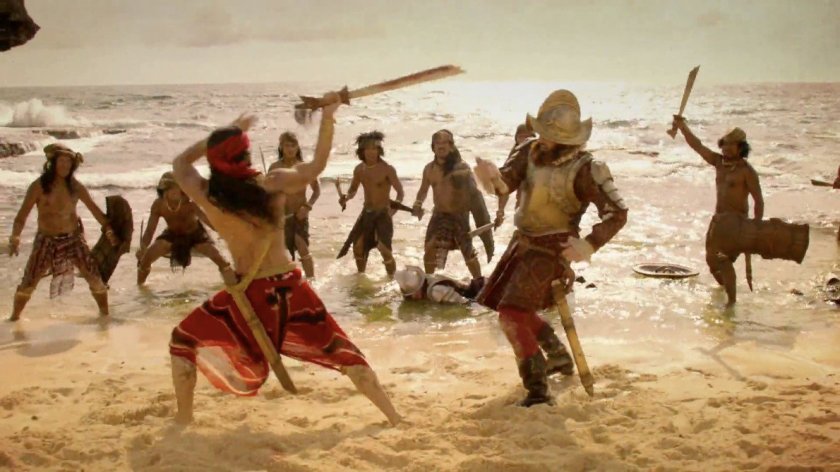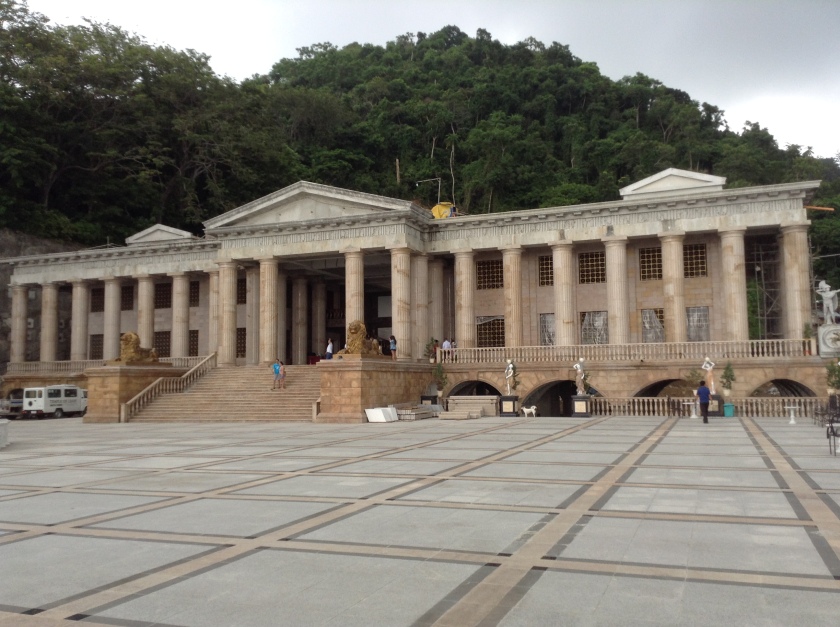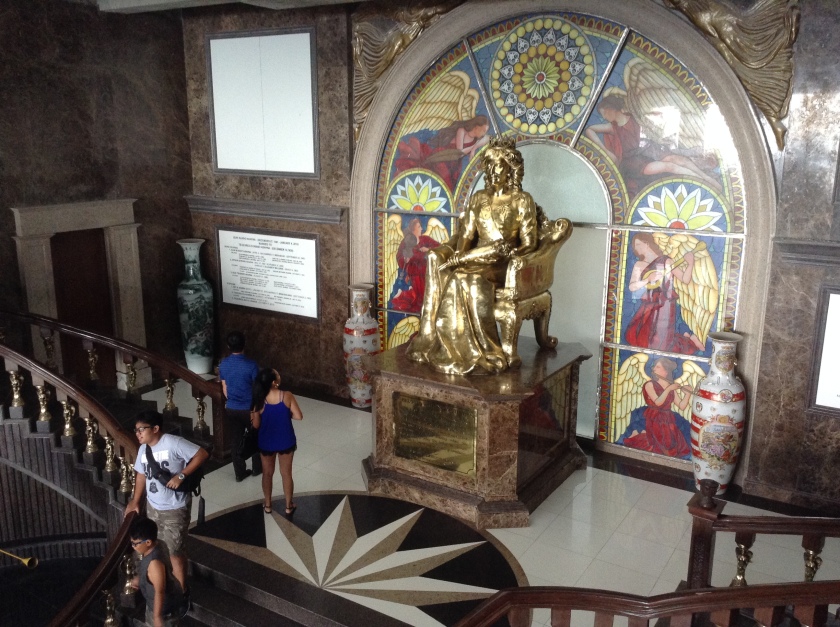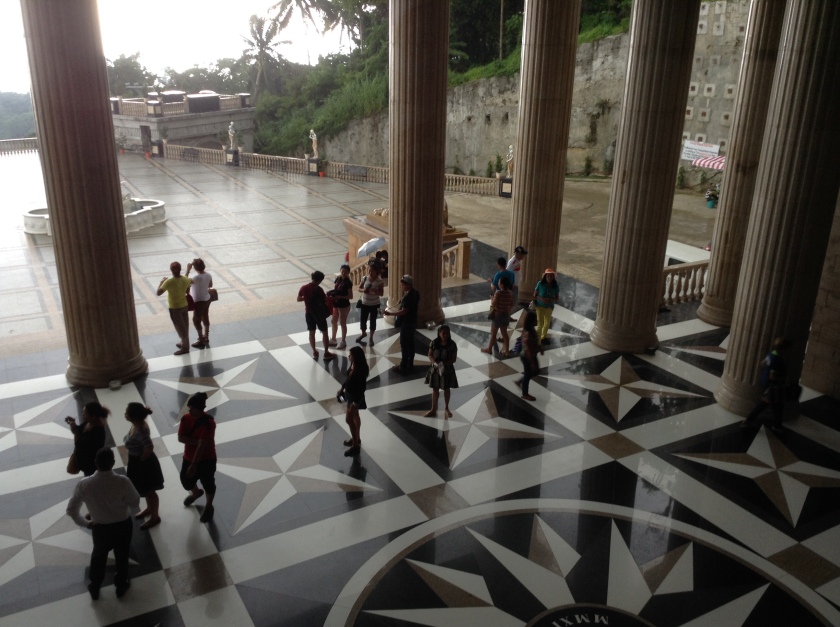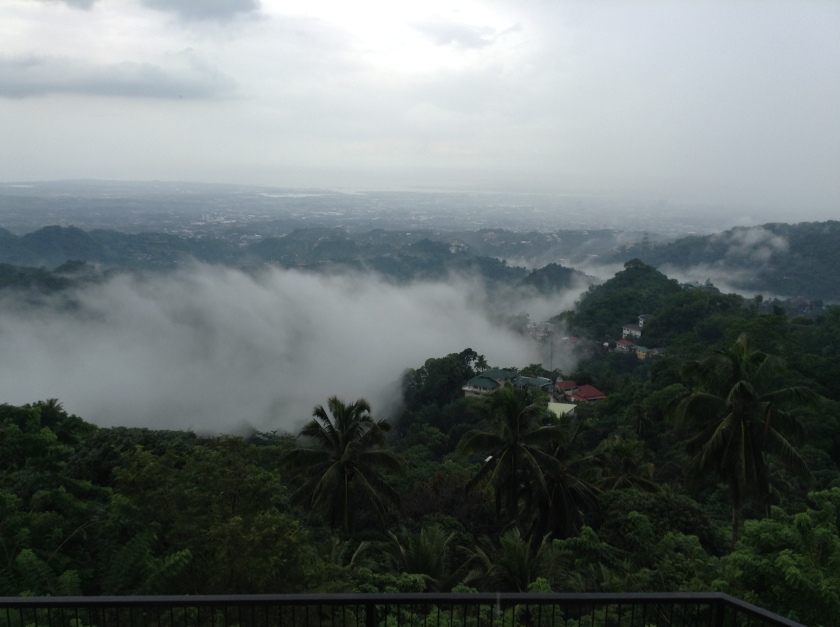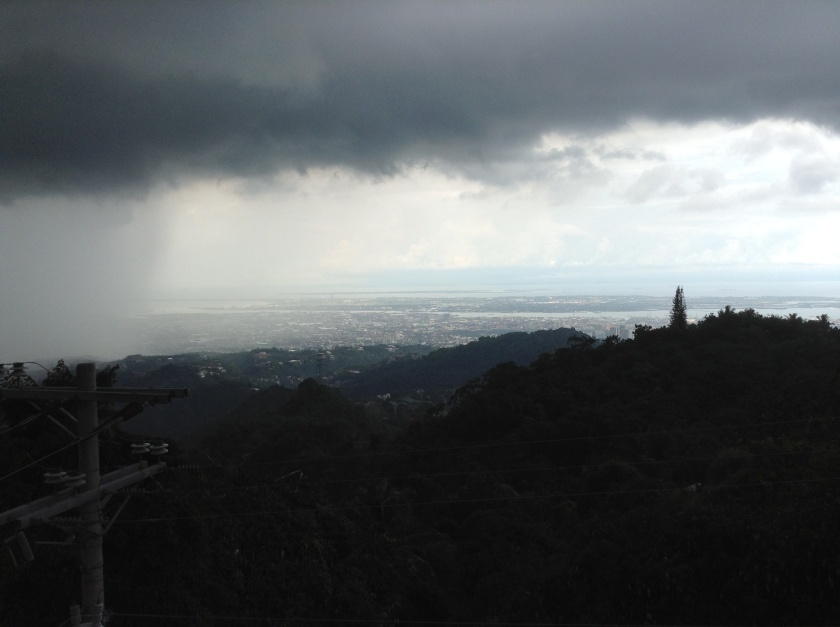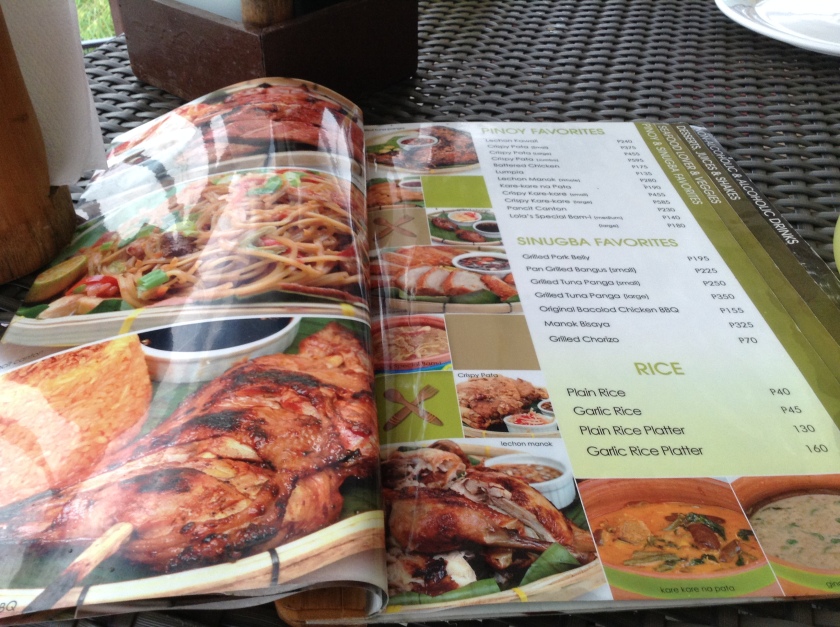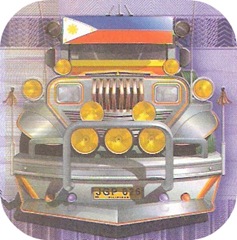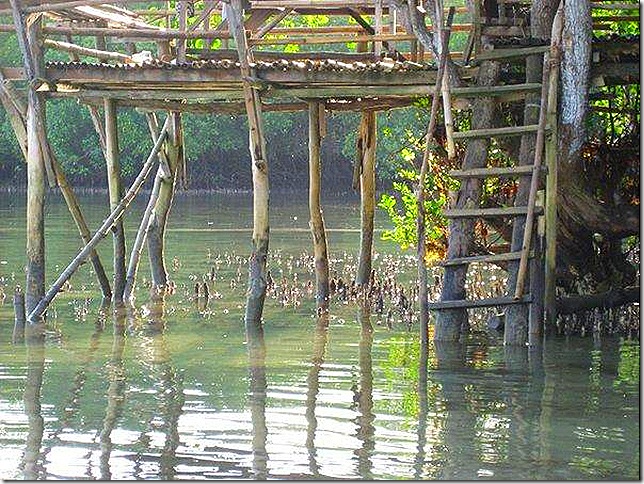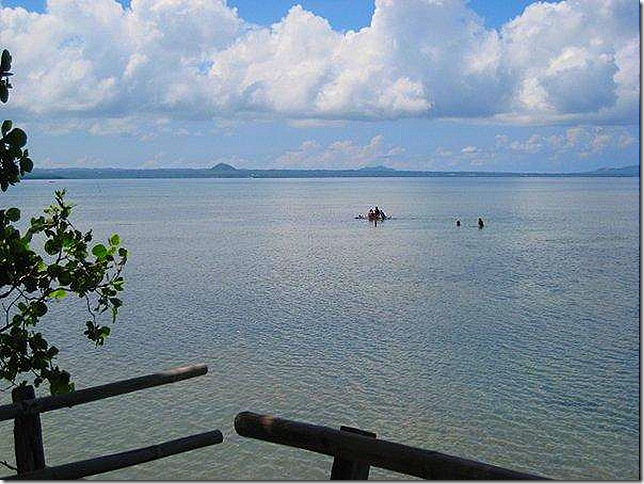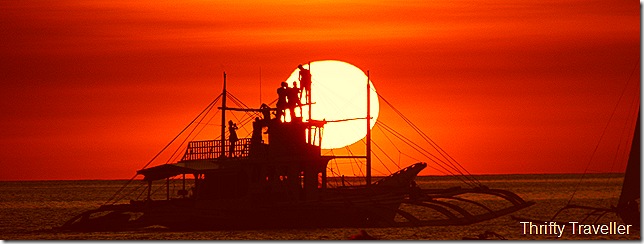
We’ve just returned from a beach holiday in Boracay in the Philippines. For me and my wife it was our second visit, the first time having been way back in 1986.
In those days Boracay was still undeveloped and not well known outside of the Philippines. We were curious to see how things have changed over the past three decades.
Getting There

In 1986 we landed on Caticlan airport’s grass runway in a small propeller aircraft. In those laid-back days departing passengers could relax on the runway while waiting for their flight to board. The check-in/baggage hall was just a small nipa hut. A tricycle transported us to a nearby beach from where we hired a motorised banca to ferry us across to Boracay Island. We were dropped off on the beach directly in front of our hotel room.

These days international flights land at Kalibo Airport which is a couple of hours’ drive away from Caticlan. Kalibo is better equipped to handle large aircraft but they need to employ more Immigration officials to check the passports of the high volume of passengers.
Hotels
In 1986 there were only a handful of places to stay on the island. We stayed at Fridays which is still operating today and is located at the best end of Boracay’s magnificent White Beach. Our room was directly facing the ocean but was fairly basic with no air-conditioning or fan, in fact there was no electricity at all on the island at that time. They also ran out of drinking water and the only liquids available were San Miguel Beer and Fanta, neither of which was great for breakfast.

Today Boracay has 289 resorts with 7907 rooms (source of statistics: Boracay Sun Community Newspaper). They all have electricity and some are very smart indeed.
Population
All these hotels and restaurants require a small army of workers to man them. Boracay’s population has mushroomed from around 3,000 inhabitants in 1986 to over 30,000 today. A tarmac road runs down the spine of the island with various lanes running off it lined with some fairly scruffy buildings where lower income employees and their families live and shop. I don’t remember any vehicles or tarmac roads in 1986 but now there are 2195 motorbikes, 660 motor tricycles, 419 vans and 84 trucks vying for space on the main road.

Positive Changes
While all the above changes might seem negative, it is not all bad news and in some ways Boracay has improved over the years. Shopping for example. There were no shops at all in 1986 apart from a basic food market. Now there are pedestrianized precincts like D’Mall which are lined with shops selling everything that a visitor might need such as food, souvenirs, clothing, pharmacies, designer fashions and so on.


There are also 260 restaurants to choose from with cuisines ranging from Filipino to Italian to Korean. (There are hordes of Korean tourists on the island by the way with Taiwanese probably being the next most numerous). Boracay has 70 spas so there is no excuse for feeling stressed (we didn’t try any). Nightlife is active with lots of live singing going on in bars and restaurants but they seem to have avoided most of the sleazy type of nightlife found in some other Asian beach resorts.
Things To Do
In 1986 there was little to do on Boracay apart from relaxing on the beach with a good book but that was its charm. Nowadays they have all kinds of water activities imaginable, such as parasailing, jet skiing, helmet dive, banana boat, wake boarding, kite boarding, mermaid lessons, sailing, island hopping and glass bottom boat. On land there is quad biking, horseback riding, go-karting, zorbing, zip lining, mountain biking and trekking.
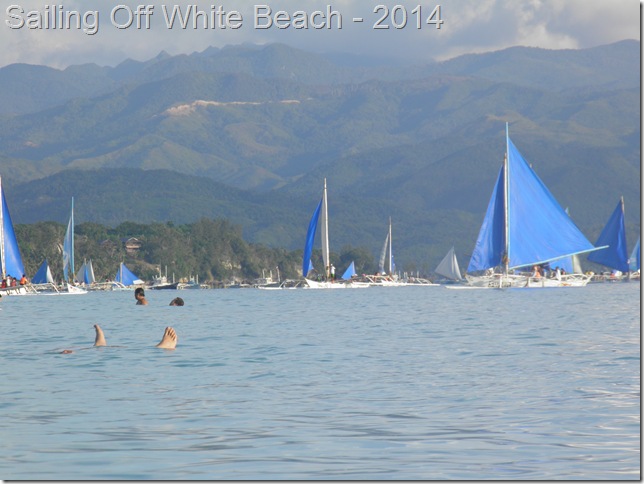
Paradise Lost?
Boracay might not be the pristine, unspoilt paradise it once was but the authorities and local residents have done a good job at least in maintaining White Beach as beautiful as ever and it continues to be rated as one of the world’s best beaches.
To avoid putting more strain on the island’s stretched infrastructure, they should cap future developments and concentrate instead on upgrading what they already have. There are plenty of other beautiful islands in the Philippines still to be exploited for tourism and resources should be diverted there.
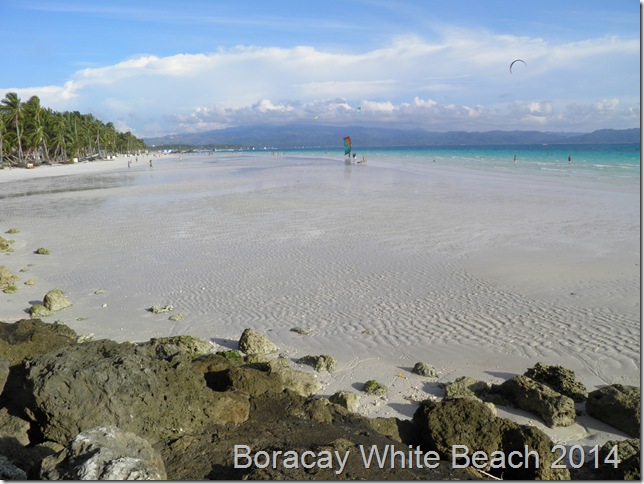
Like this:
Like Loading...



